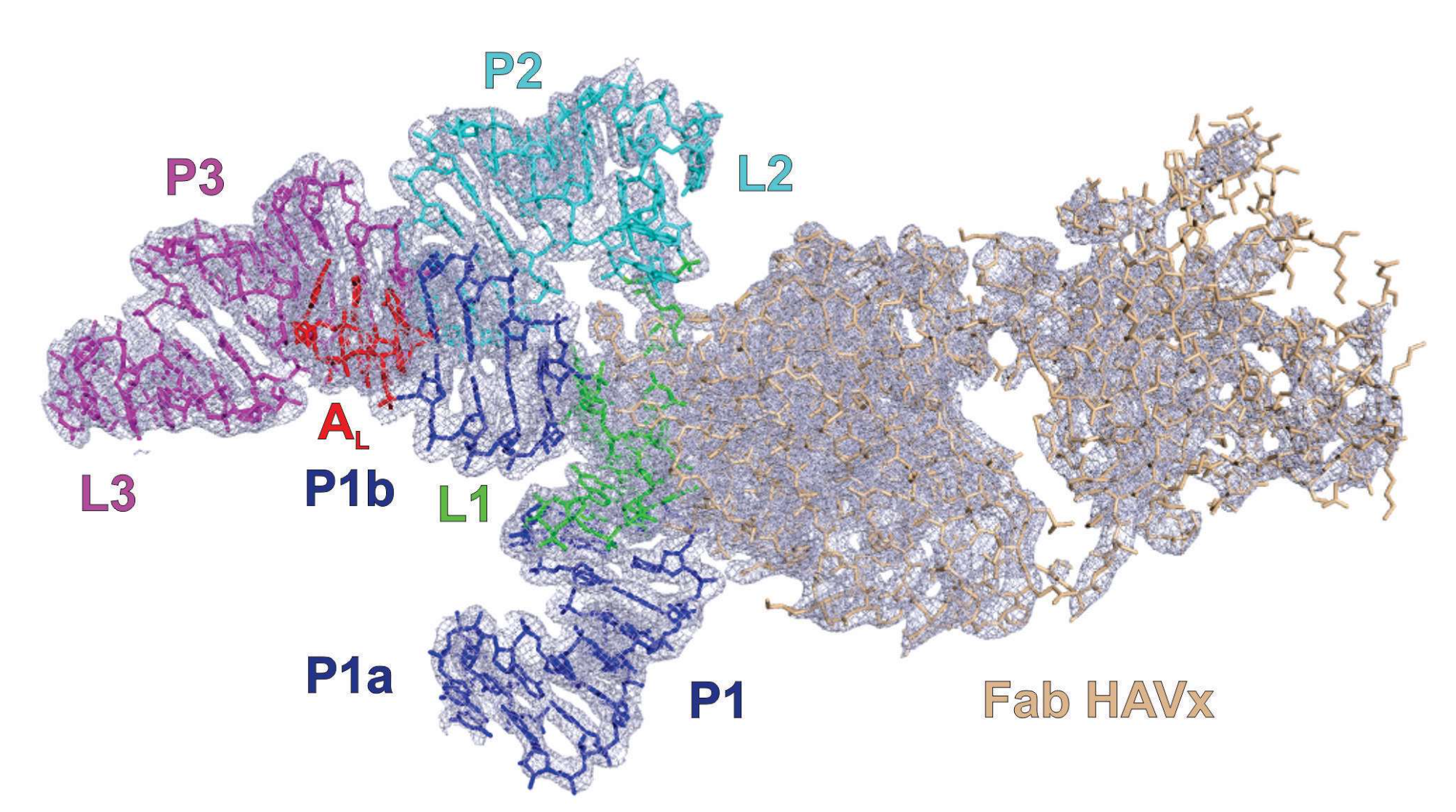

Furthermore, other A β binding proteins, including ACT and apo J can inhibit or promote A β oligomerization/polymerization depending on conditions and might be manipulated to effect AD treatment. Such an approach will not have detrimental effects on the many beneficial roles apoE plays in neurobiology. The optimal therapeutic target may be to inhibit the interaction of apoE with A β rather than altering apoE levels. Here we consider the scientific basis of these different models of apoE function and suggest that these seemingly opposing views can be reconciled. The former would indicate that removing apoE will reduce AD pathology, while the latter suggests increasing brain ApoE levels may be beneficial. Alternatively it has been posited that apoE regulates A β clearance, with apoE4 been worse at this function compared to apoE3. It has been hypothesized that apoE and apoE4 in particular is an amyloid catalyst or “pathological chaperone”. However, there is no consensus on how different apoE isotypes contribute to AD pathogenesis. Inheritance of the apoE4 allele is the strongest genetic risk factor for late-onset AD. However, amyloid deposits contain proteins besides A β, such as apolipoprotein E (apoE). The amyloid cascade hypothesis remains a robust model of AD neurodegeneration.


 0 kommentar(er)
0 kommentar(er)
